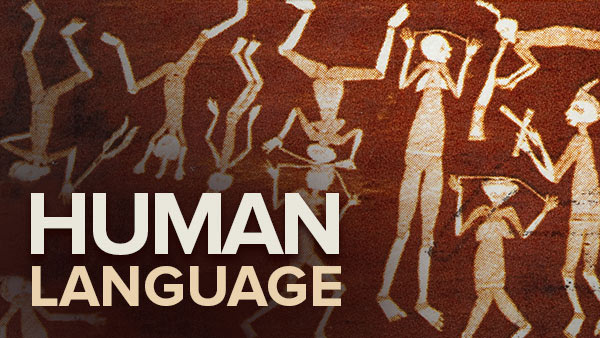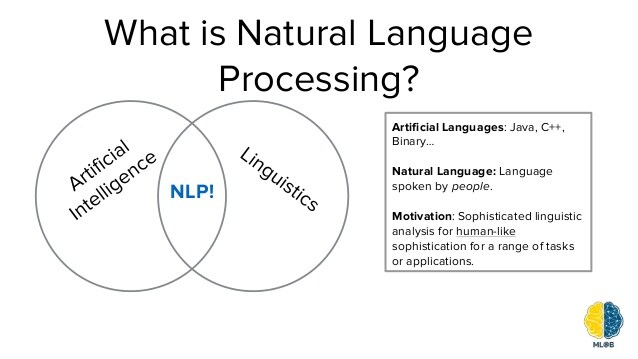 |
| Source: History of Language |
1. What is language?
Bees dance to communicate about honey and hives’ location; dolphins use clicks and whistles to express the danger and communicate information, or a bird singing a song to attract the opposite sex. So, Human beings are not the only species to have an elaborate communication system. They just differ from that of animals in terms of degree and not the essence in the meaning that human beings can use other methods of communication like gestures, posture movements, laughs, facial expressions, etc.
Thank you for reading this post, don't forget to subscribe!In general, Todd (1987) defines language as a set of signals by which we communicate. Linguists restrict or limit the term language to the vocal systems of human communication. And according to Hall (1968), language is “the institution whereby humans communicate and interact with each other by means of habitually used oral-auditory arbitrary symbols” (p.158). To make it simple, language is an arbitrary system of vocal symbols used to communicate ideas and express feelings among the members of a certain social community. That is to say, language is a highly social phenomenon that survives thanks to the speakers of that specific society.
2. Types of language
 |
| Source: A Panorama of Natural language processing |
By comparing natural and artificial languages, we understand that humans are creative and seek efficiency. There are two main types of languages: natural and artificial languages.
2.1. Natural language
The only existing natural system of language is that of the human beings. English, French, Spanish are among hundreds and thousands of spoken languages. Every single language can be divided into spoken or written forms that can vary. The spoken form can be both relevant like words and sounds with meaning and used in a specific context and irrelevant like sneezing, snoring, and coughing which are uncontrollable. Natural language existed for thousands of years and there no one knows how it emerged and evolved.
2.2. Artificial language
Artificial systems of language include both machine language and Esperanto. Machine language, or sometimes referred to as an ordinary language, can be seen as human-made language synthesized by the teamwork of syntacticians, semioticians, logicians, and computer scientists. On the other hand, Esperanto is developed by groups of linguists for practical reasons to unit people with different languages.
3. The properties of human language
This section deals with five main properties of human language: arbitrariness, duality, discreteness, productivity, and finally displacement.
 |
| Source: Introduction to linguistics |
3.1. Arbitrariness
All human languages are arbitrary in the sense that the forms and meanings of words in any language have no natural connection (arbitrary). For example, the word Nada means ‘nothing’ in the Spanish language and “thread” in the Hindi language. Another example is that of wood as a material from which carpenters make tables. Both the words ‘table’ and ‘wood’ denote that they are not inherently related to the objects they symbolize.
3.2. Duality
Duality refers to the property of having two levels of structure:
– Primary level: words are composed of small units (sounds: consonants and vowels)
– Secondary level: these sounds from the primary level are combined to form bigger elements (words)
For example, the word cut is composed of three speech sounds: 2 consonants ‘c’,’ t’, and one vowel ‘u’. If you look at these speech sounds separate, they are meaningless. Once they are combined and organized, then the mental image is created in the mind. Thus, ’c’, ’u’, ’t’ are meaningless, whereas ‘cut’ is meaningful.
3.3. Discreteness
Every spoken human language has a different number of sounds for instance ‘bit’ and ‘bet’ differ in both spoken and written form.
3.4. Productivity
It is the possibility of constructing and interpreting new sentences or signals. For example, based on a limited set of words, you can come up with and understand an infinite number of sentences even though you have never come across those sentences before. The property of ‘productivity’ is also referred to as ‘creativity’ or ‘open-endedness’. Animals, on the other hand, have a very limited communication system and is unable to evolve.
3.5. Displacement
The property of displacement allows language users to talk about things and events which should not be necessary in present or encountered before. Human beings are able to refer to events and things in the past and future. The human brain can name non-existed creatures or places and create a mental image in the mind like unicorns, Hell, and fairies.
To sum up, Norbert Hornstein once said:” Fish swim, birds fly, people talk’
If you think these tips are useful, please “SHARE AND CARE”







